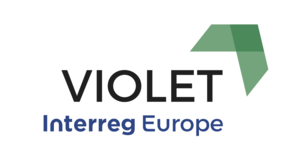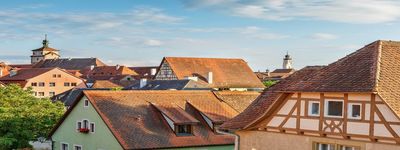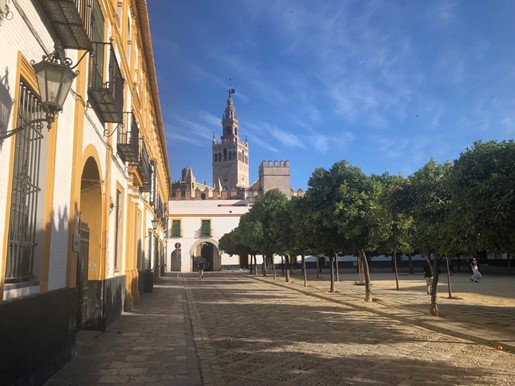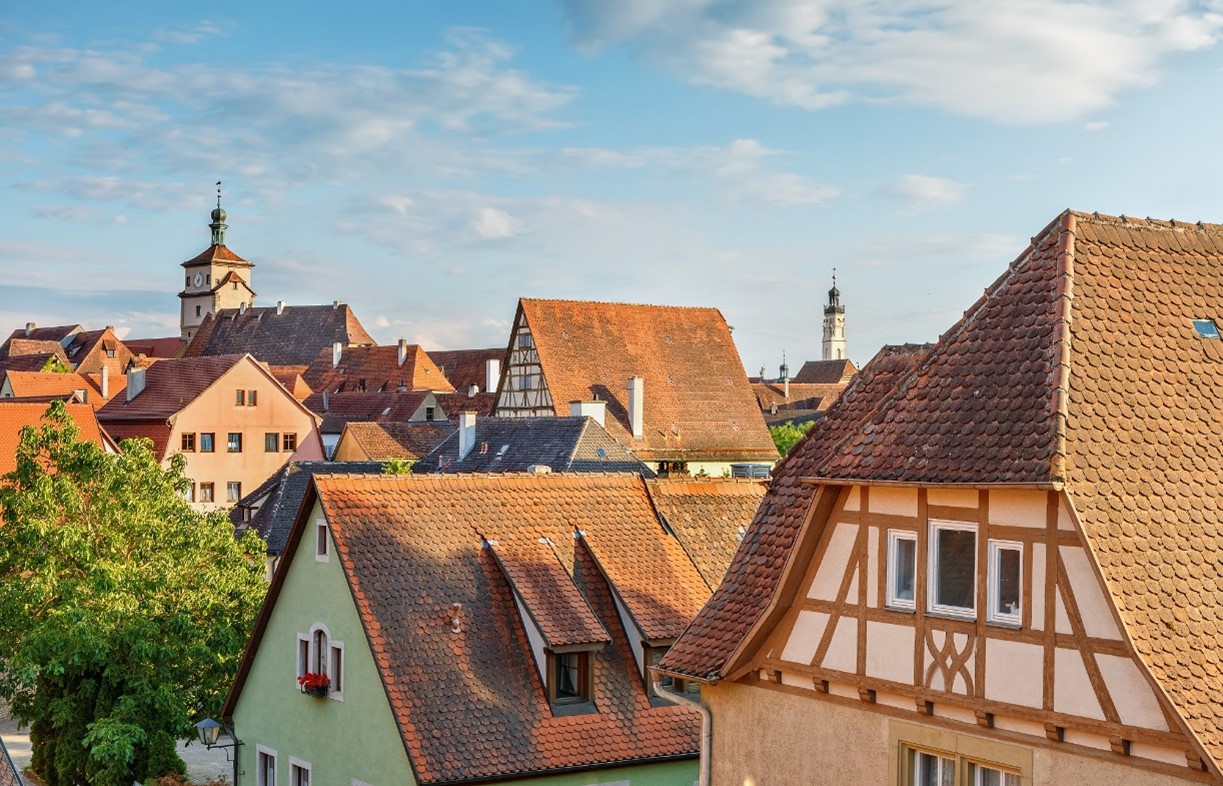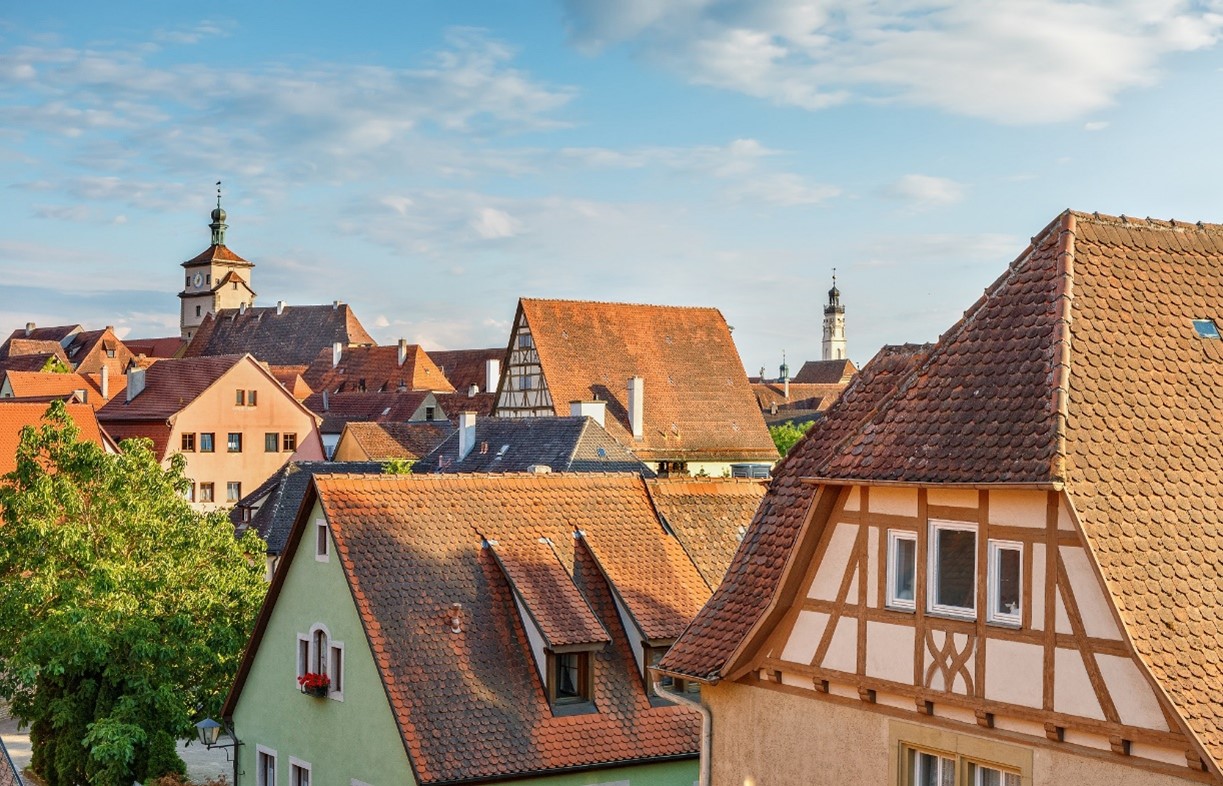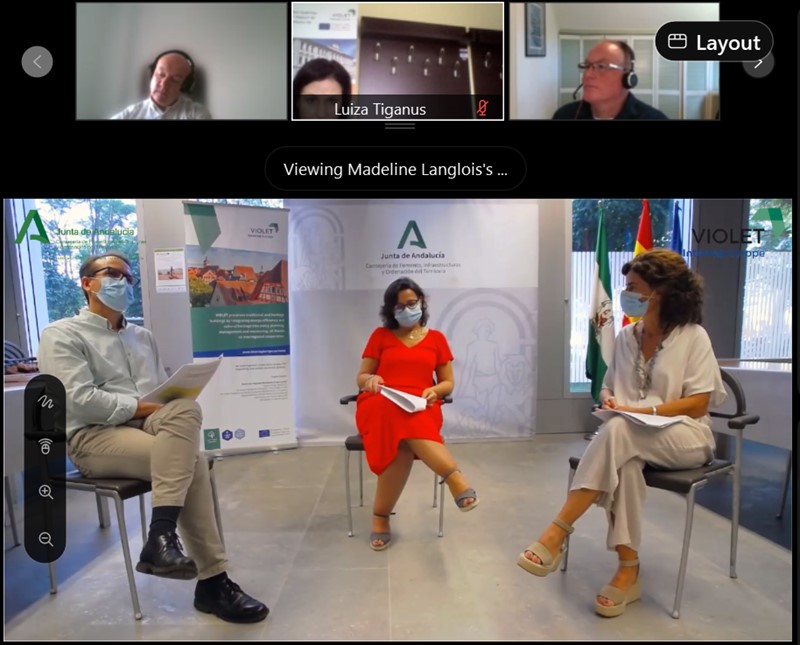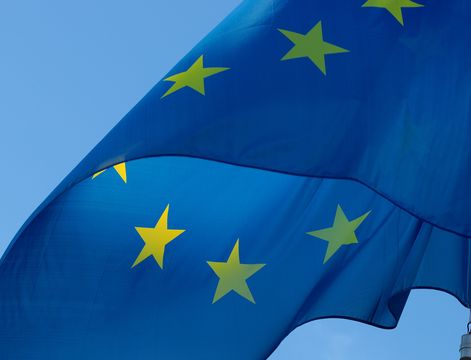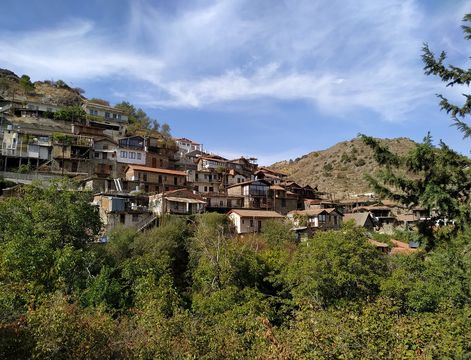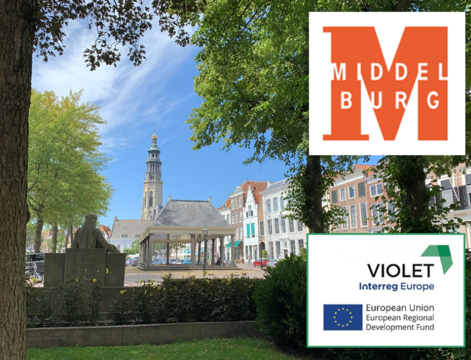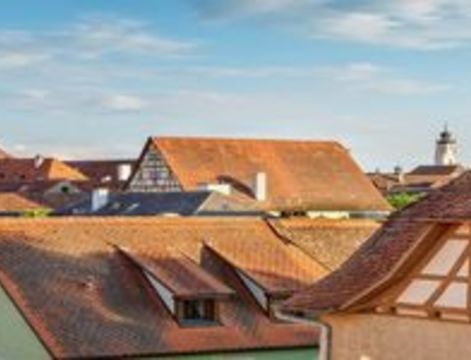Over the past 4 years, the Interreg Europe VIOLET "preserVe tradItiOnal buiLdings through Energy reducTion" project has brought together 5 regions & one expert advisory partner to address the common challenge to create a building culture that is sympathetic to modern requirements for improved energy usage & reduced carbon emissions in traditional buildings—without endangering architectural heritage.
Throughout the project and interregional exchange, each region contributed to the main output of the project: an action plan describing policy actions required to improve energy efficiency in traditional buildings. Some partners have already begun implementing some actions, using their own resources. In parallel, partners define recommendations for EU level recast Energy Performance of Buildings Directive (EPBD).
Approximately 80 participants from across Europe gathered virtually to learn from experiences of project partners and hear about results and impacts of the project. Moderated by Chris Ashe, European Institute for Innovation - Technology (EIfI-Tech e.V.) Director,with support of chat moderator Sara Banchi (Resolvo).
Following a warm welcome from Luminita Mihailov, General Director of South East Regional Development Agency (SERDA) in Buzau Region, Romania, Lead Partner Luiza Tiganus provided a presentation on Interreg Europe's VIOLET Project and its EU Policy Recommendation Paper. Communicated to the conference was the primary intent of the VIOLET EU Policy Recommendation Paper, which is to review the current state of policies across the EU relating to renovation of heritage buildings taking into consideration their energy consumption and energy efficiency measures.
Maria Achilleos of Cyprus Energy Agency highlighted a major achievement made possible in Cyprus through VIOLET – the revision of the National Legislation to refer directly to the energy performance of Heritage Buildings. Next, Henk de Kunder of Municipality of Middelburg presented on evolution of the Sustainable Monument Passport in Middelburg, including lessons learnt from knowledge and experience transfer within VIOLET.

Maria Achilleos of Cyprus Energy Agency provided a presentation on “Energy Efficiency & Upgrading of Heritage Buildings: From Theory to Practice – Cyprus’ case”
Following the engaging presentation of Cyprus Energy Agency, participants of the conference learned about stakeholder engagement and improved monitoring methodology for energy renovation projects in cultural buildings within ROP 2014-2020, as exemplified through the experiences of the project lead partner in South-Eastern Romania. Through an interview with representatives of the PREPIA programme and the University of Sevilla, the Public Agency for Social Housing and Refurbishment in Andalusia (AVRA) went on to demonstrate VIOLET’s impact through the improvement of the processes of PREPIA's historical buildings conservation actions when including energy criteria through the application of the UNE 16883 (feasibility analysis).
As a final presentation from the regional, VIOLET partners, Local Agency of Energy and Climate (ALEC) in the Nouvelle-Aquitaine Region presented—by the means of an interview with Véronique Bozzo, a representative of Region of Nouvelle-Aquitaine in charge of the policy instrument addressed by VIOLET—how they've enabled energy efficiency projects in heritage buildings in their region through VIOLET. The regional presentations came to a close with a moderated Q&A session.

Interreg Project Officer, Antoine Duquennoy, offered an overview of the new Interreg Europe programme – in addition to highlighting the achievements and lasting impact of VIOLET
Ms. Raluca Bobescu, Chief Architect of Buzau Municipality in Romania, contributed her keynote speech on energy audits of historic buildings as a framework for the design of energy retrofit. The speech was centred on the transformation of existing buildings—and historic buildings in particular—into Near Zero Energy Buildings, or even positive energy buildings, continuing to pose a major challenge. Therefore, as outlined by Ms. Bobescu’s, there is a great need to propose a replicable methodology to improve the conditions of historic buildings so as to achieve sustainability; additionally, sustainability criteria play an important role in decision-making procedures for refurbishing buildings, since they may integrate all the stakeholders involved in the process.
The speech was followed by an engaging presentation on the state of play of the interregional cooperation through the new Interreg Europe programme, in addition to some supportive words on lasting VIOLET project impact, by the Interreg Project Officer, Antoine Duquennoy.
Although VIOLET was set to end December 2021, the international consortium has recently been awarded additional EU funding to continue to implement additional activities approved within the 5th Interreg Europe call. Stay tuned for more important updates from the VIOLET project!

